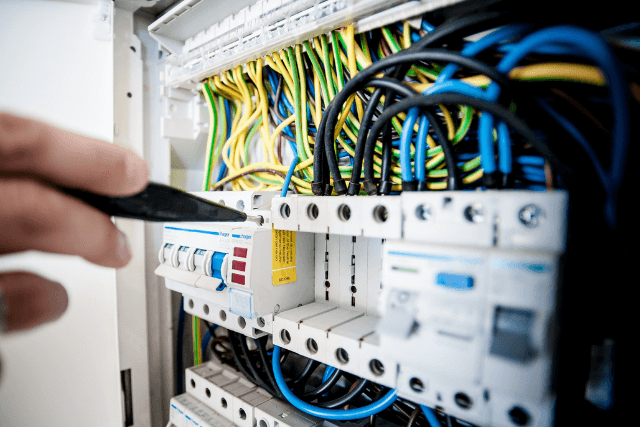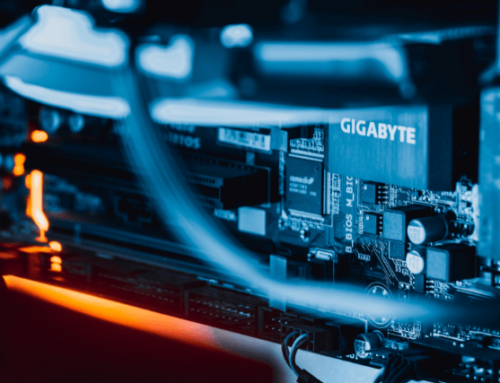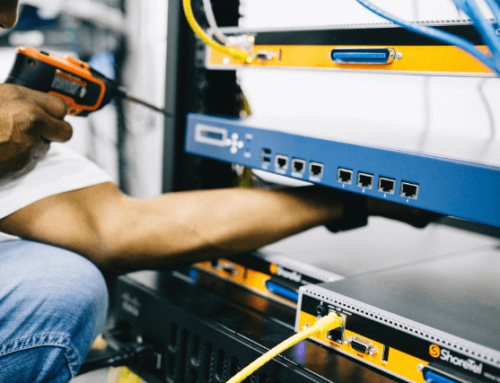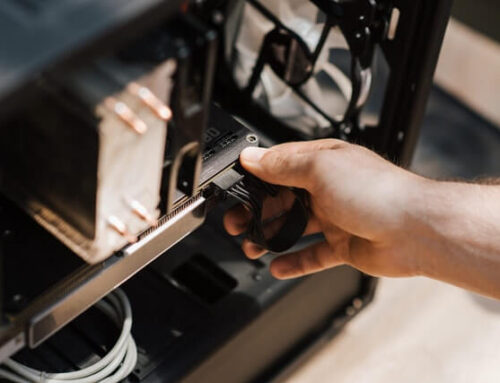Take 3 minutes to read this article
Third-Party Maintenance (TPM) providers offer a wide range of services, often with customizable options, for a fraction of OEM support costs. Despite the benefits of switching to a TPM provider, some businesses still have reservations. This post will address some common TPM myths to help businesses make more informed decisions about their IT assets.
TPM Myth 1: Maintaining your equipment is more expensive than buying new
As hardware grows older, maintenance from OEMs becomes more expensive. As equipment reaches EOL and then EOSL, contracting for OEM maintenance becomes more difficult before becoming impossible altogether. OEMs are in the business of selling hardware, so it makes sense that they would give their customers a push to upgrade. However, your equipment may still have years of life ahead of it.
To keep your hardware running smoothly without constantly upgrading or paying higher and higher rates, consider switching to a TPM provider. TPM providers help companies reduce service pricing, and since they are vendor agnostic, they can address your network as a whole. In a 2019 study, Gartner found that TPM providers can help businesses save up to 70% compared to OEMs. Using the right TPM can help your equipment last longer and your business recover a greater ROI from its equipment.
Short Answer: With OEM maintenance, yes. With TPM, not so much.
TPM Myth 2: TPMs lack the expertise of OEMs
One of the reasons that consumers use OEMs is because they know what they’re getting. OEMs have a brand name to protect, and they have a stake in making sure their customers are happy with their equipment. OEMs are also the creators of the equipment, so they know it inside and out. However, OEMs commonly outsource with contractors for maintenance and repairs. The technicians they send out may not be insiders with intimate knowledge of the brand. Instead, they might be qualified third-party individuals. Why pay OEM pricing for what is essentially TPM service?
Third-Party Maintenance companies offer the same level of service. Many hold certifications from the OEMs demonstrating their proficiency in the equipment. To ensure quality, look for these certifications; TPMs are always happy to discuss their qualifications. As TPMs are vendor agnostic, their engineers are prepared to support equipment by any manufacturer across your entire network across its entire lifespan. While OEMs may have an advantage on TPM providers when it comes to expertise of their own equipment, TPM providers have a wider range of knowledge that may prove just as useful.
Short Answer: Look for the certifications. TPM providers may provide the same level of skill for a fraction of the cost.
TPM Myth 3: TPMs provide less support than OEMs
This one is objective. It truly depends on the TPM provider as well as the OEM. It also depends on the Service Level Agreement (SLA) in question. However, TPM providers have flexible contracts with customizable SLAs, which make for a more customized experience than the ones offered by OEMs. The age of the equipment also needs to be factored in. OEM support is in its prime during the first 2-3 years of the equipment’s life. After that, rates rise until the OEM announces EOL. At EOSL, support stops altogether. TPM providers offer a wider range of support across the equipment’s entire life cycle.
Short Answer: After the first few years, TPM providers can actually offer more support.
TPM Myth 4: EOL/EOSL is the end of the line for your equipment
OEMs would have customers believe that EOL/EOSL is the end of the line for your equipment. EOL is when the OEM no longer manufactures the product in question, and EOSL is when it no longer issues updates and support for said products. Depending on the business and the state of the equipment, it may be several years before it’s necessary to upgrade equipment. Your equipment is not going to fail when the OEM announces EOL or EOSL. A TPM provider provides support for EOL and EOSL products, keeping operations running smoothly until it’s time to upgrade.
Short Answer: EOL/EOSL doesn’t have to be the end with TPM.





